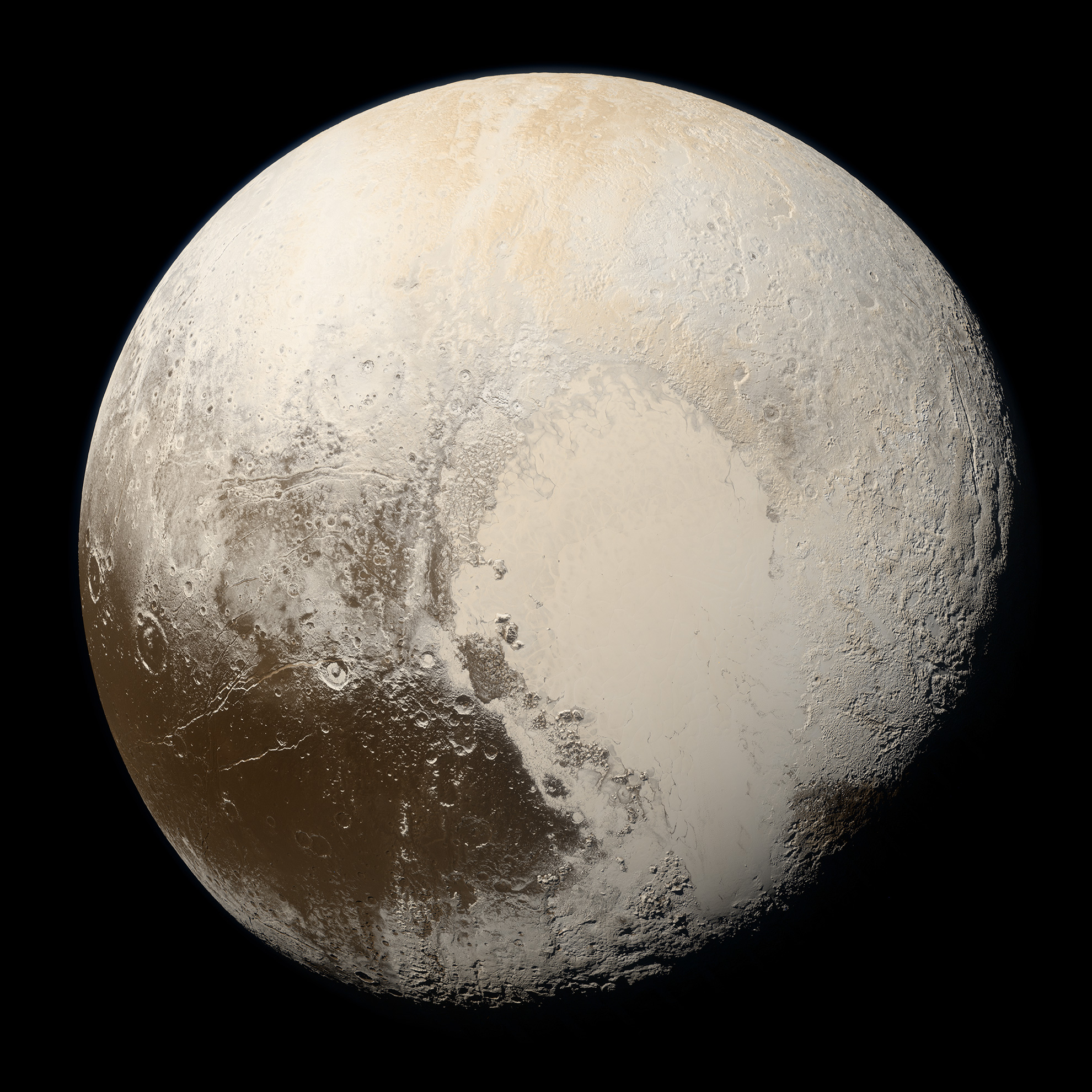
Planets
There are 8 planets in our solar system! Which means that there are 8 planets that orbit our sun. Let's learn more about these 8 planets starting from the closest planet to our sun:

Mercury
Mercury is the closest planet to the Sun in our solar system, and it is also the smallest planet in it. Since Mercury is the closer to the Sun than Earth, the Sun would appear three times as large as it does here on Earth and it appears brighter. A fun fact about Mercury is that since it is closer to the sun, it travels faster and is the fastest planet in our solar system. Because of this, Mercury's year is only 88 Earth days long.

Venus
Venus is the second planet closest to the sun in our solar system. Although Mercury is closer to the sun than Venus, Venus is hotter than Mercury in fact it is the hottest planet in our solar system. This is due to the atmosphere on Venus which traps and maintains heat. A fun fact about Venus is that one day on Venus is equal to 243 days here on Earth.

Earth
Our home, the Earth, is the third closest planet to the sun. 70% of Earth's surface is covered in water, and it is the only planet in our solar system which has liquid water on the surface. Earth is currently the only known planet to contain life.

Mars
Mars is the fourth planet form the Sun. Mars experiences seasons and also has polar ice caps, conyons, and extinct volcanos.

Jupiter
Jupiter is the fifth planet form the sun. The stripes and swirls seen on Jupiter's surface are really clouds of ammonia and water that are floating in its atmosphere. The giant red spot that can be seen is actually a giant storm that has been active for hundreds of years.

Saturn
Saturn is the sixth planet from the Sun. It is a gas giant primarily consisting of hydrogen and helium. It is also the second largest planet in the solar system, compared to Earth, Saturn is 95 times the mass of our home planet. Saturn is surrounded by multiple rings, which are mainly made up of pieces of ice and rock.

Uranus
Uranus is the seventh planet from the Sun, but it is the third largest planet size wise but not by mass. It is the coldest planet in our solar system, with a low of -218°C (-360°F). A fun fact about this planet is that Uranus' tilt may have been caused by a collision.

Neptune
Neptune is the planet furthest away from the Sun, 30 times as far from the Sun as the Earth is. It is an ice giant and it is dark and cold there. Neptune has six rings which surround it. This planet is not visible to the naked eye, and was in feact predicted by mathematics.

Special Mention to Our Dwarf Planet, Pluto
Pluto was known as a planet for 75 years before it was reclassified as a dwarf planet in 2006. This was due to Pluto not clearing the neighborhood around its orbit. Although Pluto is no longer considered a planet, it is still fascinating and worth mentioning. Someinteresting facts about Pluto are that the snow on Pluto is red and the 1/3rd of the dwarf planet is made up of water.